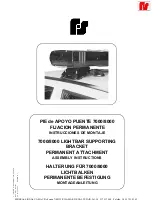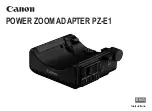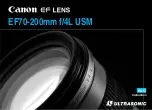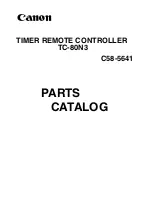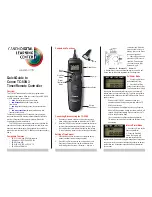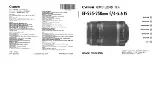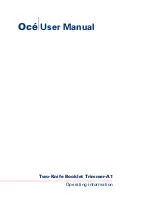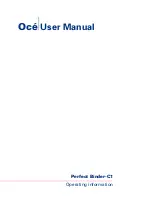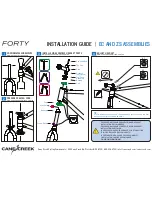
7
Connections
Connections to the Paging System
Bridging ZPM3 Units
ZPM3 units can be linked together to provide access to more
zones. Due to the potentially large number of inputs which
may be presented to each preceding ZPM3, buffering re-
quirements may become critical and the use of buffering am-
plifiers will have to be considered. Figure 10 shows a typical
linked system.
Note that the external contact closure of the master unit (ter-
minals NOA and CMA) is used to control the status of the
next lowest ZPM3 unit. When the master controller goes off
hook, it causes all other units to also go off hook. The first
DTMF signal to the master ZPM3 connects an audio path
from the telephone system to the ZPM3 unit on the next low-
est level. The second DTMF signal instructs the lower ZPM3
unit to connect to a specific zone. This master/slave rela-
tionship can be carried on for a large number of levels, as
long as proper buffering is used.
Talk back is possible with multiple levels of ZPM3 units, but
all talk back zones should reside within the same zone on
the master ZPM3. For example, if Zone 24 is a talk back
zone, all other talk back zones should be accessed with
numbers in the twenties, since Zone 2 of the master ZPM3
is set to two-way to allow Zone 24 to be talk back. When
using multiple ZPM3ʼs, only the master ZPM3 should be set
to supply the confirmation tone; slave ZPM3 units should be
set to supply the pre-announce tone, if desired.
ZPM3
BGM SOURCE
OUTPUT
+
24V POWER
SUPPLY
+
24V POWER
SUPPLY
+
R
T
+
R
T
+
T
R
ONE-WAY
AMPLIFIED
SPEAKERS
BUFEX
R
T
R
T
OUTPUTS
INPUTS
NOTES:
1. FOR SYSTEMS OF LESS THAN 8 AMPLIFIED SPEAKERS, THE BUFEX CAN
BE REPLACED BY JUMPERS.
2. FOR CONNECTIONS TO TELEPHONE SYSTEM SEE FIGURES 1, 3, 4, & 5.
Figure 9 –
Wiring Diagram, ZPM3 in a Self-Amplified System


















